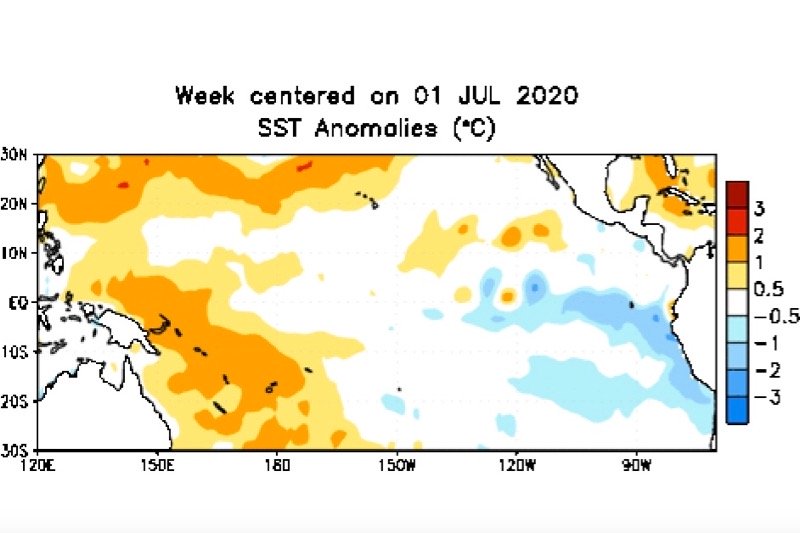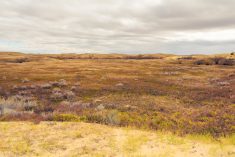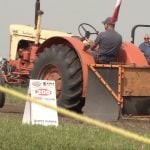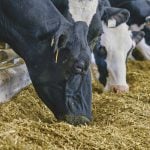Reuters — A U.S. government weather forecaster on Thursday forecast the development of a La Nina pattern during the August-October season, which is expected to persist through the remainder of 2020.
There is about 50-55 per cent chance of La Nina developing during the Northern Hemisphere fall, with a 50 per cent chance it will continue through winter 2020-21, the National Weather Service’s Climate Prediction Center (CPC) said in its monthly forecast.
The La Nina pattern is characterized by unusually cold temperatures in the equatorial Pacific Ocean and linked with floods and drought. The weather phenomenon last emerged during the September-November season in 2017 and lasted through early 2018.
Read Also

U.S. to support soybean farmers amid China lag, expect news Tuesday, Bessent says
U.S. Treasury Secretary Scott Bessent said on Thursday the federal government would support American farmers in light of China’s refusal to buy U.S. soybeans amidst a trade war between the countries.
Meanwhile, the current El Nino-Southern Oscillation (ENSO) neutral conditions are expected to continue through the summer of 2020, according to the CPC.
ENSO-neutral conditions refer to those periods in which neither El Nino nor La Nina are present, often coinciding with the transition between the two weather patterns.
Anomalies known to occur during La Nina include colder-than-normal temperatures on the Prairies and above-average precipitation in British Columbia, Ontario and Quebec, according to Environment Canada.
— Reporting for Reuters by Swati Verma in Bangalore; includes files from Glacier FarmMedia Network staff.
















